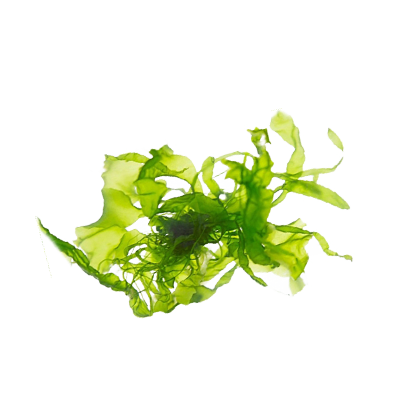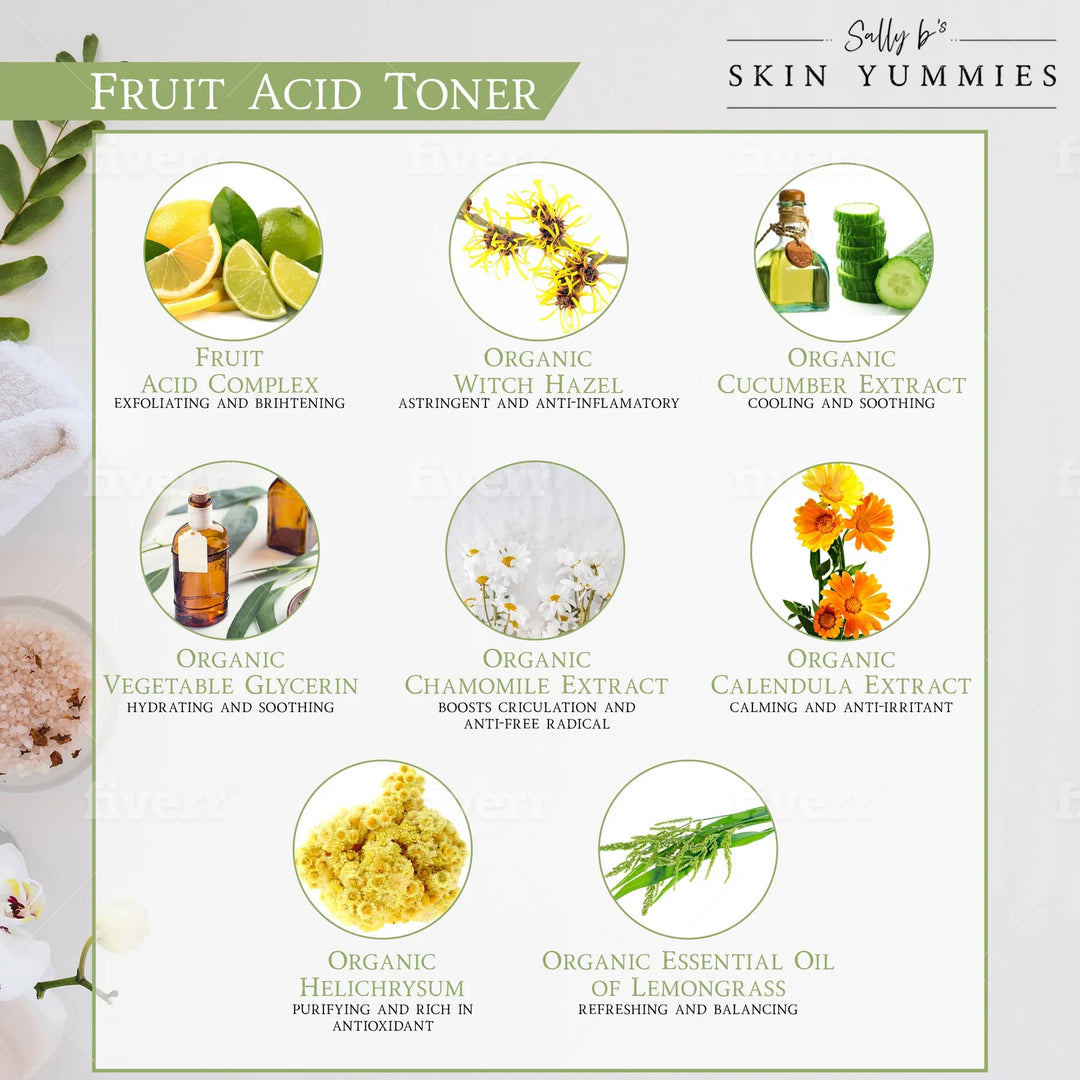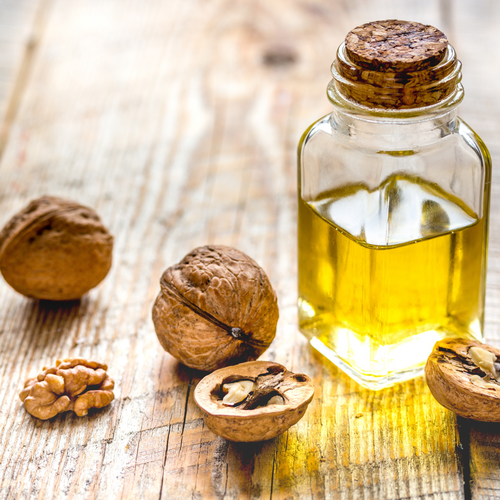Organic Calendula
 INCI Name
INCI Name
- Calendula officinalis
EWG SCORE: 0
INGREDIENT PROFILE
- Calendula can vary from yellow to orange in color and boasts a fresh-floral, garden like scent.
DERIVED FROM
- Calendula is derived from a varietal of marigold, which is a small orange-yellow flower that is typically found in Europe, Western Asia, and the United States. The vibrant petals are dried, but can also be steeped into a liquid or pressed into a powder. We use all three forms in our product formulations.
HISTORY
- Calendula is a plant-based ingredient, which comes from the marigold, one of the earliest cultivated flowers. Native to northern Mediterranean countries, the ancient Greeks were the first to use it as a dye for food and cosmetics, as well as a medicinal purposes. It was said that an infusion of Calendula was drunk to relieve tension and promote a restful night’s sleep. The Romans were noted for introducing this ingredient to the Europeans in the 12th century, and by the 14th century users of the plant were mistaking its rejuvenating properties for magic. In fact, some accounts report that if a person wore the petals around their neck that any words spoken to them would be kind and honest. Earning the title of “healing marigold,” this plant continues to be a popular annual plant in Europe, Western Asia, and the United States and its petals continue to become popular additions of skin care products.
RICH IN
- Flavonoids, which are plant-based antioxidants.
- High levels of carotenoids (vitamin A-like compounds) account for calendula’s healing properties.
PROPERTIES
- Encourages new cell growth
- Disinfectant and anti-fungal
SKIN CARE BENEFITS AND USES
- Nourishes dry and damaged skin
- Calms skin inflammations, rashes, diaper irritations, and other skin disorders, including some dermatitis
- Used to treat wounds, burns and bruises
FIND IT IN
- Fruit Acid Toner
- Carrot Facial Dream Cream
- Eco Body Lotion
- Herba Pads
- Tinted Moisturizer
- B Green Mud Mask
- Daytime Antioxidant Serum
- Peptide Booster
- Tinted Moisturizer


 INCI Name
INCI Name


